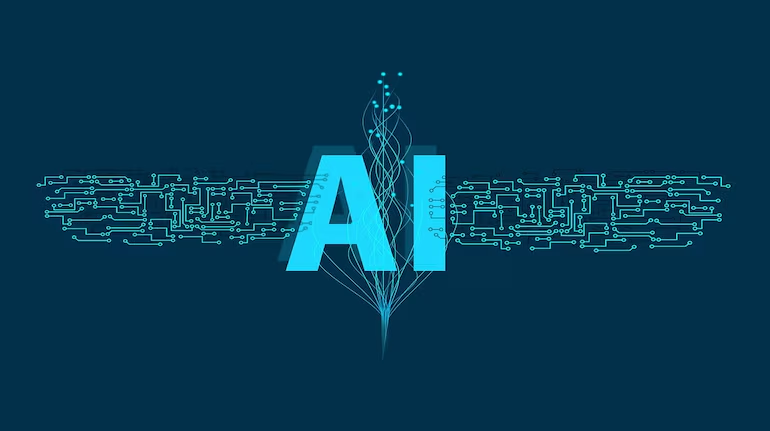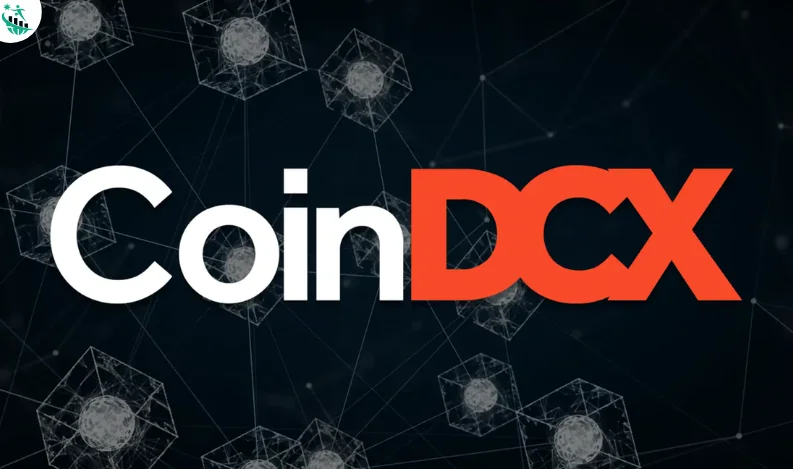Now Reading: AI Meets Income Tax: How India Is Using Data Analytics to Track Financial Mismatches
-
01
AI Meets Income Tax: How India Is Using Data Analytics to Track Financial Mismatches
AI Meets Income Tax: How India Is Using Data Analytics to Track Financial Mismatches

India’s income tax system is entering a new phase—one driven by artificial intelligence and deep data tracking. Gone are the days when mismatches in income, spending, or property could quietly slip through the cracks. Now, AI-powered systems are identifying patterns, flagging inconsistencies, and sending notices faster than ever before. And this is already affecting salaried individuals, small business owners, and digital freelancers—especially in Tier 2 cities.
How the System Works Now
The Income Tax Department has begun using AI and big data tools to compare information across different sources: PAN-linked bank accounts, UPI payments, Form 26AS, GST returns, real estate purchases, and even credit card bills. If your spending habits don’t match your declared income, chances are, the system will notice. Once flagged, an automated notice is triggered without human intervention.
Tier 2 India Is Feeling the Heat
Cities like Nagpur, Indore, Jaipur, and Coimbatore are seeing a sharp rise in the number of tax notices sent for income mismatch. Many salaried professionals and local business owners who never imagined being on the radar are now being asked to explain financial discrepancies. For digital freelancers and influencers, especially those receiving foreign payments or working without formal salary slips, the system is proving particularly tricky.
Why This Push Is Happening
The government wants to widen the tax base and reduce evasion. With more digital transactions, UPI records, and online business models, it’s easier to track money flows today. But manually verifying every taxpayer isn’t scalable—this is where AI steps in. The goal is simple: automate detection, minimize human error, and ensure compliance without increasing department staff.
What’s the Risk for Ordinary People?
Even honest taxpayers can get notices if they forget to declare freelance income, rental income, or earnings from crypto, stock trading, or foreign platforms. Small mistakes—like missing TDS entries or under-reporting interest income—can now trigger alerts. What’s new is the pace and precision of how these issues are being caught.
In Conclusion
India’s tax system is becoming smarter, faster, and more data-driven. While this improves transparency and accountability, it also puts pressure on individuals to stay updated and accurate in their filings. For people in Tier 2 cities who are increasingly participating in digital work and online businesses, this shift isn’t just about paying taxes—it’s about understanding how their financial life is now being watched more closely than ever.

























